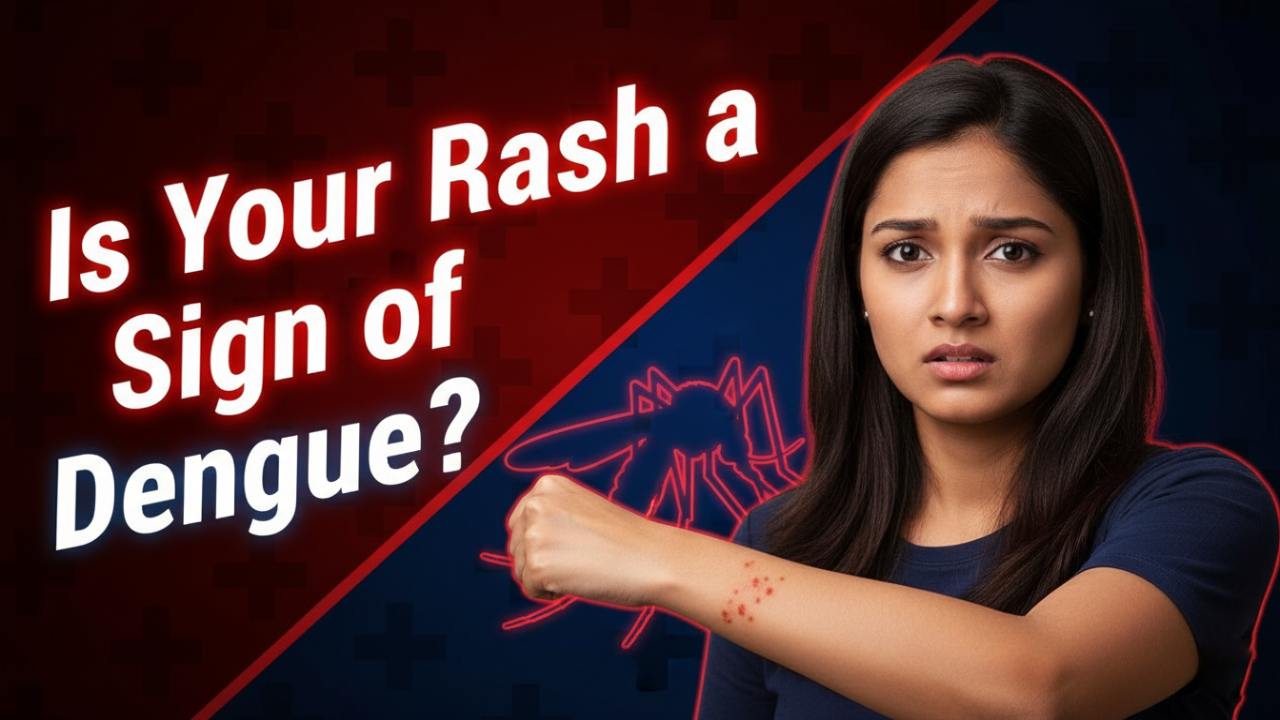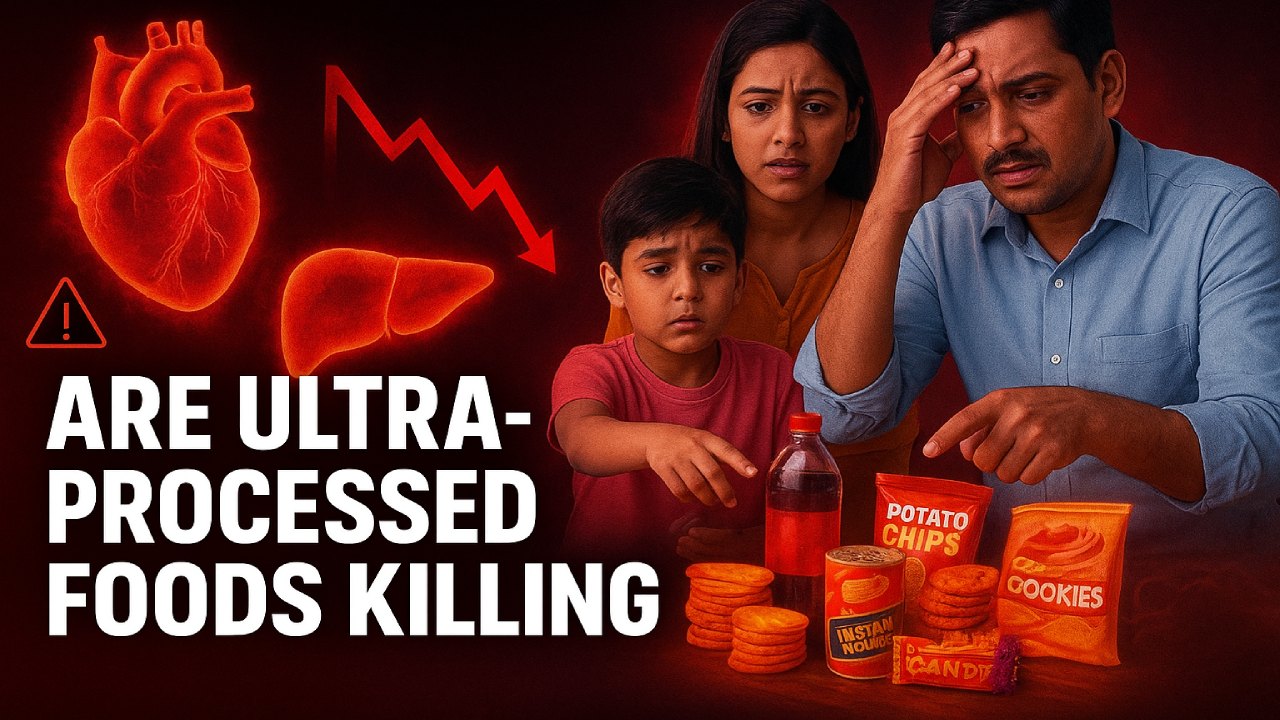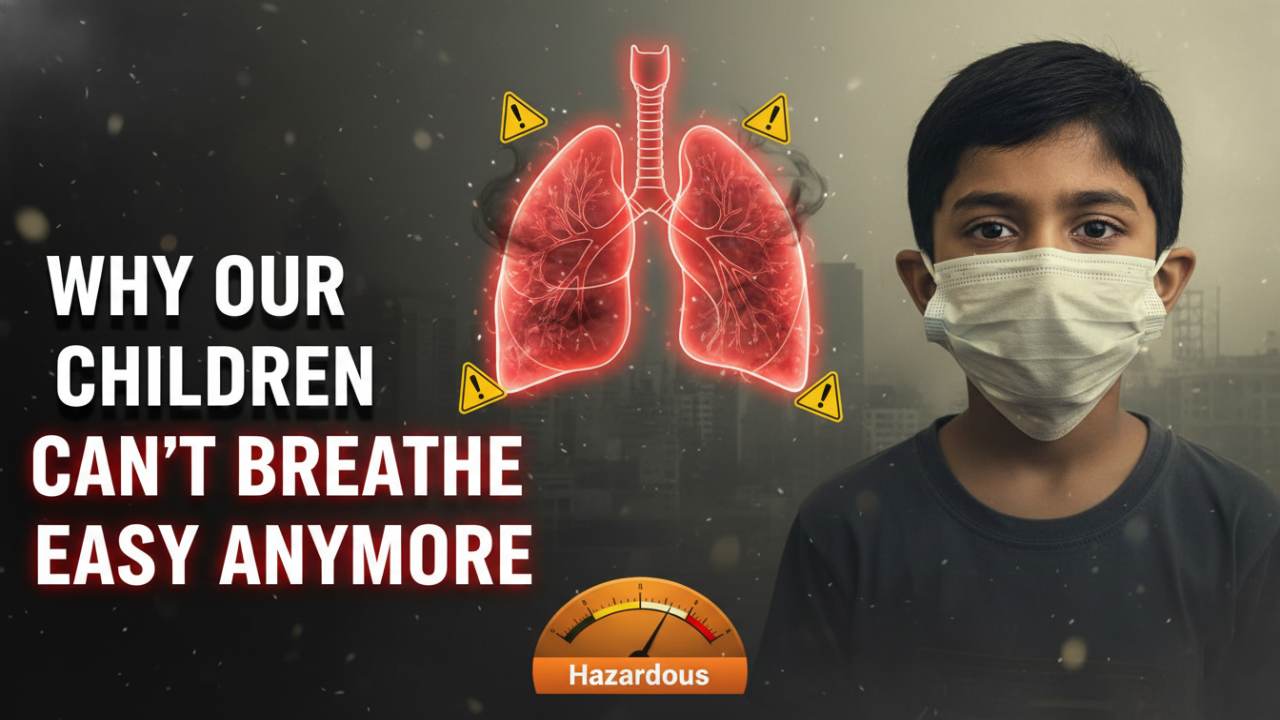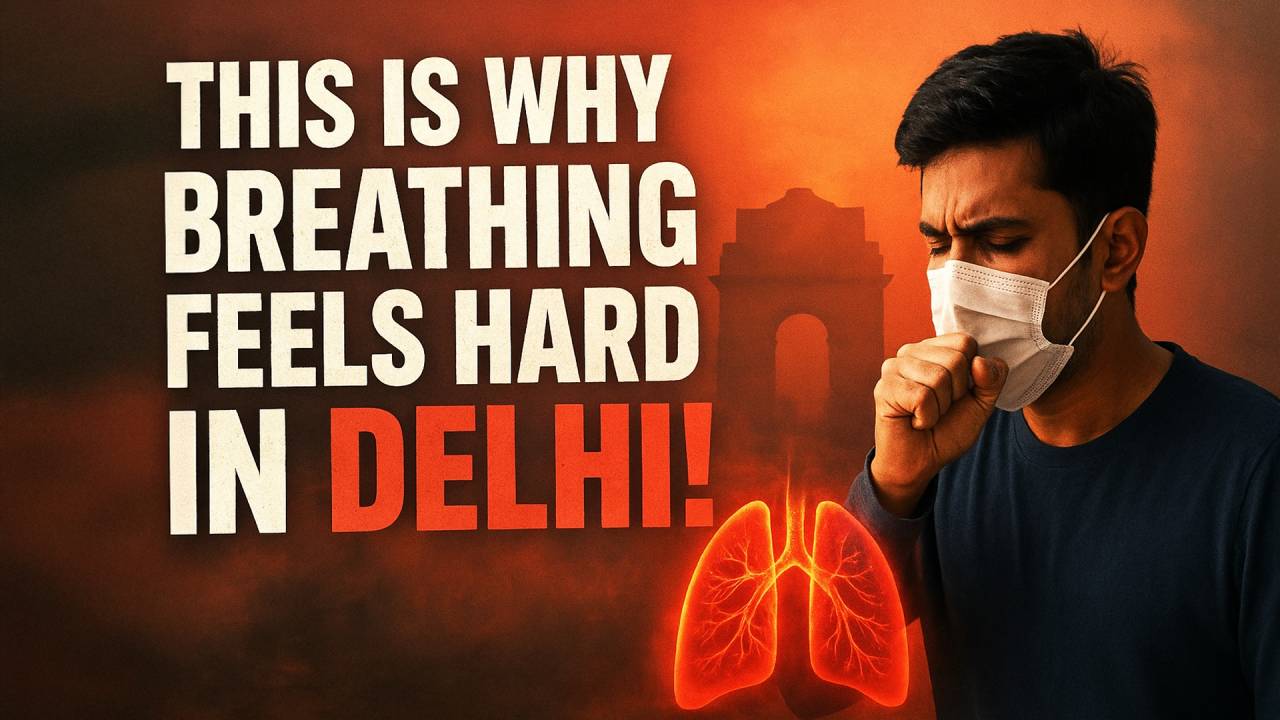Dengue Fever Skin Rash Treatment: Expert Advice from Kailash Hospital, Dehradun
Verified By Dr. Ambrish Dixit | 13-Sep-2025
Dengue is one of the most common mosquito-borne illnesses in India, especially during and after the monsoon season. While high fever, body ache, and weakness are the most recognized symptoms, one visible and alarming sign of dengue is the appearance of dengue rashes on skin. These red rashes in dengue not only signal the body’s response to the virus but also help doctors in diagnosis and treatment planning.
To shed light on the causes, symptoms, and effective care strategies for skin rash due to dengue, we spoke to Dr. Ambrish Dixit, Sr. Consultant Physician at Kailash Hospital, Dehradun, regarded as one of the top physicians in Dehradun.
Table of Content
The dengue virus affects the blood vessels and platelets in the body. As platelets decrease, the body becomes more prone to bleeding and skin manifestations. This leads to the appearance of dengue spots on body or rashes on body due to dengue.
According to Dr. Dixit, “The skin rash after dengue fever is a result of capillary fragility and low platelet count. It often appears as small red or purple spots, known as petechiae, and may spread across the arms, legs, and trunk.”
Different patients experience different kinds of rashes. Common patterns include:
- Maculopapular Rash – Flat, red areas on the skin with small raised bumps.
- Petechial Rash – Tiny red or purple spots due to bleeding under the skin.
- Confluent Rash – Widespread redness where spots merge together.
- Post-Fever Rash – Often develops after the fever subsides, resembling measles.
Recognizing these rashes is critical, as they help differentiate dengue from other viral infections.
Also read: Monsoon Skin Woes: Most Common Issues and How to Prevent Them
- Rashes usually appear 3–5 days after the fever starts.
- In some patients, skin rash after dengue fever appears after the fever has subsided.
- They are often accompanied by itching, burning, or mild pain.
Dr. Dixit explains, “Families should not panic when they see red rashes in dengue. Instead, they should consult a doctor immediately to confirm diagnosis and monitor platelet levels. Not all rashes mean a severe case, but they must never be ignored.”
Along with dengue spots on body, patients may experience:
- High fever
- Intense headache
- Pain behind the eyes
- Muscle and joint pain
- Nausea and vomiting
- Fatigue and weakness
If skin rash due to dengue is accompanied by bleeding gums, nosebleeds, or black stools, it may indicate severe dengue and needs urgent hospital care.
Treating dengue rashes on skin requires a combination of medical supervision and home care. At Kailash Hospital, Dehradun, physicians follow evidence-based approaches:
1. Medical Monitoring
Doctors closely track platelet counts, hydration levels, and overall symptoms. Hospitalization may be required in severe cases.
2. Hydration Therapy
Patients are encouraged to drink plenty of fluids such as water, coconut water, and soups to maintain blood volume and reduce complications.
3. Symptomatic Relief
- Paracetamol may be given for fever and pain (avoiding NSAIDs like ibuprofen or aspirin, which can worsen bleeding).
- Cooling lotions or antihistamines may be recommended for itching from skin rash after dengue fever.
4. Rest and Nutrition
Adequate rest and a balanced diet rich in fruits, vegetables, and immunity-boosting foods are essential.
5. Avoiding Self-Medication
Patients should never attempt self-treatment with steroids or painkillers without medical advice.
Dr. Dixit stresses, “The focus of dengue fever skin rash treatment is to support the body’s natural healing process while preventing complications. Rashes usually fade as platelet counts recover.”
While medical guidance is primary, some safe home remedies may ease discomfort from skin rash due to dengue:
- Neem leaves: Known for anti-inflammatory properties, they may help reduce itching.
- Aloe vera gel: Provides cooling relief for irritated skin.
- Papaya leaf extract: Though controversial, some studies suggest it may help improve platelet counts.
- Hydration with ORS: Prevents dehydration and supports blood circulation.
Also read: Chilling Outside? Protect Your Eyes! Expert Tips for Winter Eye Health
Patients and families should avoid:
- Scratching rashes aggressively, which can cause skin infections.
- Taking painkillers like aspirin or ibuprofen.
- Ignoring symptoms such as bleeding, abdominal pain, or dizziness.
Preventing dengue is the most effective way to avoid its skin complications. Key steps include:
- Using mosquito repellents and nets.
- Wearing full-sleeved clothes.
- Eliminating stagnant water around homes.
- Maintaining clean surroundings during monsoon season.
At Kailash Hospital, Dehradun, under the guidance of experts like Dr. Ambrish Dixit, patients receive comprehensive care for dengue. This includes:
- Accurate diagnosis with lab tests.
- Continuous monitoring of platelet counts.
- Supportive care for rashes, fever, and pain.
- Patient and family counselling to manage anxiety.
Dr. Dixit adds, “Dengue is a self-limiting illness in most cases, but with timely treatment, even the complications such as skin rash after dengue fever can be managed effectively. Families must focus on early consultation rather than waiting for symptoms to worsen.”
The presence of dengue rashes on skin is a red flag that should never be ignored. From dengue spots on body to rashes on body due to dengue, these symptoms reflect the body’s struggle against the virus. With proper hydration, medical monitoring, and supportive care, patients can recover safely.
For those in Uttarakhand, expert guidance from Dr. Ambrish Dixit, Sr. Consultant Physician at Kailash Hospital, Dehradun, one of the top physicians in Dehradun, ensures that patients get timely, effective, and compassionate care.



 +91-9711918451
+91-9711918451
 international.marketing@kailashhealthcare.com
international.marketing@kailashhealthcare.com







